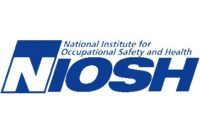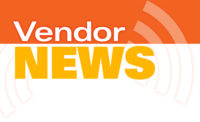NIOSH Science Blog:
NIOSH chief reflects on Labor Day

 On Labor Day 2014, we reflect on the ways in which work sustains us as individuals, strengthens our families and communities, and enables our society to function smoothly and productively. We see this in our daily lives. On any given morning, as a working parent or caregiver, you may drop your child off at school or daycare, tend to the needs of an elderly mother or father, and drive through traffic to attend a crucial meeting on time. At work, you put in extra hours to make sure a project is completed on schedule. Later, you may stop to pick up groceries on the way home, and after dinner you may tackle additional work on the computer before bedtime.
On Labor Day 2014, we reflect on the ways in which work sustains us as individuals, strengthens our families and communities, and enables our society to function smoothly and productively. We see this in our daily lives. On any given morning, as a working parent or caregiver, you may drop your child off at school or daycare, tend to the needs of an elderly mother or father, and drive through traffic to attend a crucial meeting on time. At work, you put in extra hours to make sure a project is completed on schedule. Later, you may stop to pick up groceries on the way home, and after dinner you may tackle additional work on the computer before bedtime.
In all, according to government statistics, 146,352,000 men and women are employed in the U.S. A critical factor in anyone’s ability to do a job well, and to effectively balance often hectic daily routines, is the confidence that workplaces are safe, healthy, and secure. This holds true whether it is your own workplace or your child’s daycare center, the neighborhood store and its suppliers, or the highway work zone that you pass at rush hour.
We in the occupational safety and health community have the responsibility and privilege of helping to make sure that working people, throughout their careers, enjoy lives free from pain, impairment, and potentially the risk of death associated with job-related injury and illness. Research of the kind performed and supported by the National Institute for Occupational Safety and Health (NIOSH) and its diverse partners drives informed decision-making and produces new tools and practices to help realize that goal.
Our priorities reflect the realities of today’s working world, which is more diverse, innovative, and globalized than ever before:
- New technologies enter today’s workplaces at a rapid pace. Understanding their implications for occupational safety and health is vital for supporting safe, sustainable economic growth. At the same time, new tools and communication networks offer great promise for faster, more effective identification and management of occupational risks.
- Perhaps more than ever before in history...Click here to read the rest of the blog post.
Looking for a reprint of this article?
From high-res PDFs to custom plaques, order your copy today!






